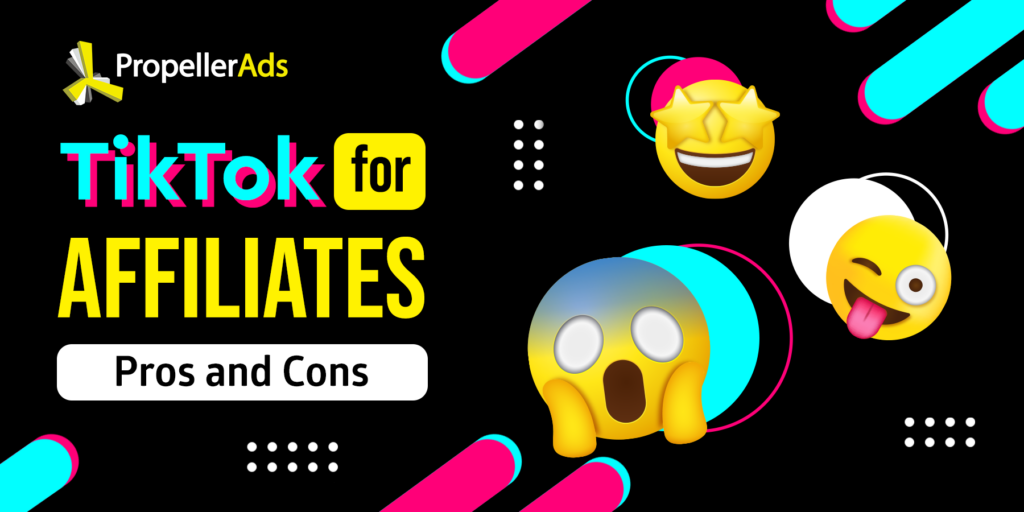Deinfluencing Trend Explained: How to Use It in Affiliate Marketing?

A while ago, influencer marketing was the biggest trend all over the Internet, claimed as one of the most efficient strategies to gain users’ trust. Instagram stars and video bloggers were springing at you from a screen, trying to convince you to buy this or that product. Is this the thing from the past in 2023?
Partly, yes. Today, another trend is on the rise – deinfluencing. But what is that, and can we actually call it “another”? And the most important – can you borrow this trend for your affiliate marketing strategy? Let’s find out.
What’s the essence of deinfluencing?
- Is deinfluencing the same as influencing?
To tell the truth, they are pretty much similar. The main trick of deinfluencing marketing is that basically it is influencing marketing only backward.
They would rather dissuade you from buying overpriced and non-efficient products, than advertise something directly.
- What are the main ideas behind deinfluencing?
Influencers have always been using people’s desire to take examples from them as an extremely efficient persuasion tool – “buy this to be as cool as I am” is a perfect advertising trick. While influencers’ integrations are pretty much obvious, deinfluencers represent themselves as conscious consumerism adherers.
- When and where did it start?
The trend started in Asia, namely with Tik Tok stars busting myths about Korean cosmetics, the one that was the trendiest trend for at least 10 years already.
Everything started with boycotting overhyped products, but what is even more important – deinfluencers responded to a growing demand for better-quality, authentic, and transparent products that align with customers’ value.
- Any examples of deinfluencing?
Sure. Here is how this trend is represented in TikTok. As you can see, the tag has 378,7 MLN views:
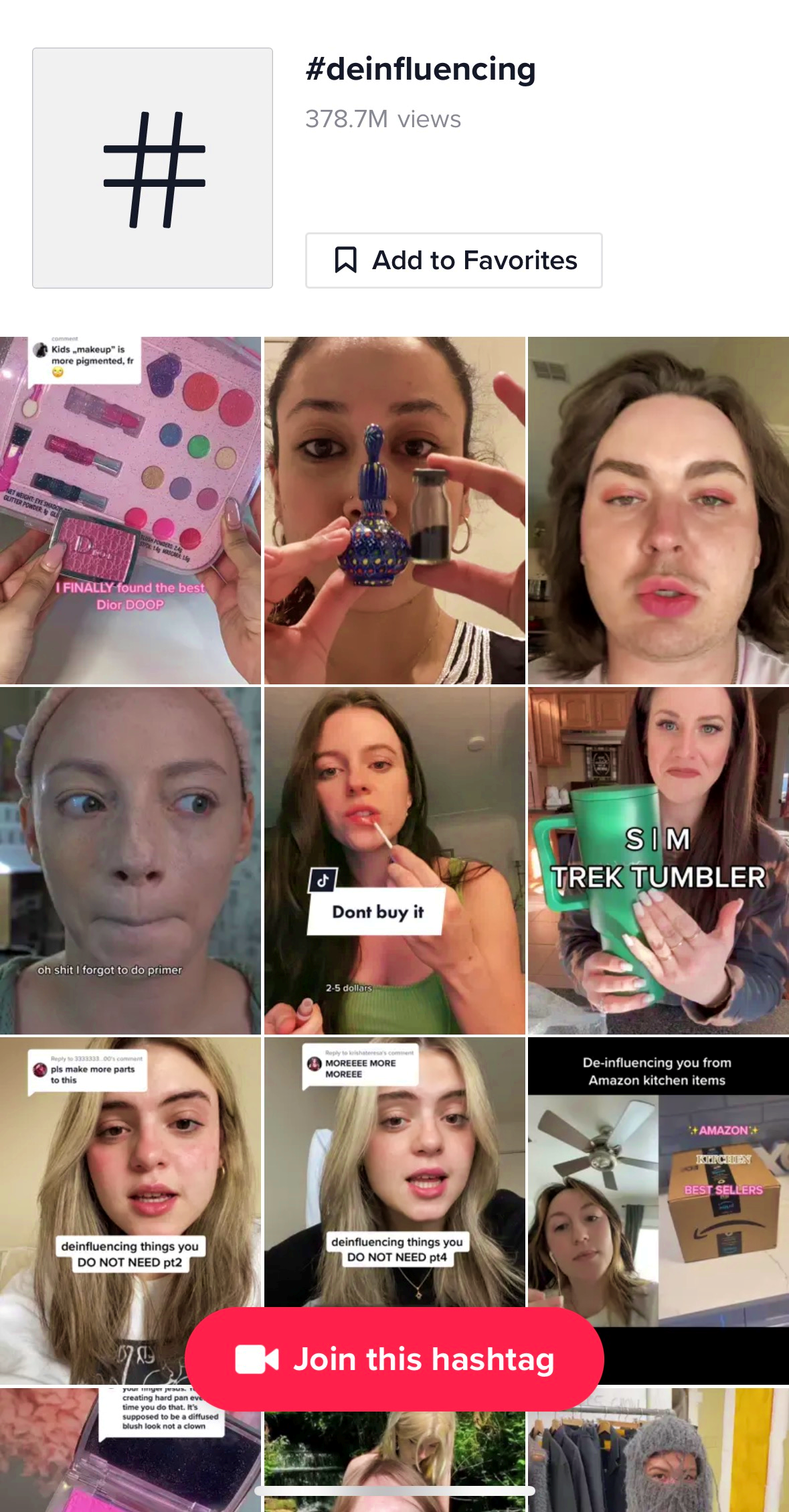
However, this is only how things are on the surface, which is obviously not all. What’s really happening with deinfluencing? In short, they are not trying to push products directly, they are showcasing the lifestyle and values.
So, is deinfluencing a genuine effort to combat mindless consumerism, or is it merely another tactic employed by influencers to inflame our spending habits in new ways?
Deinfluencing definitely adheres to the ideals of young Millenials (the most active Internet users nowadays) – “minimalism” and a rejection of excessive consumerism, a simpler lifestyle that values experiences over material possessions, and a refusal to follow pressing expectations fostered by social media and influencer culture.
Still, whether this trend is a real social twist or just a marketing trick, deinfluencing successfully hits the aim – it supports the most precious values of the audience and affirms their desired self-image. And this is attractive, so affiliate marketers have something to learn from deinfluencers.
How to use deinfluencing tricks in affiliate marketing: verticals, creatives, tips
Now let’s move to the practical part and see how to apply deinfluencing tricks to your campaigns.
Which verticals to consider?
Obviously, the most suitable vertical for a deinfluencing-inspired campaign is eCommerce, since this is exactly where you can express the principles of mild and conscious consumerism (making it another marketing move, as we discussed). Other verticals where you can emphasize quality over quantity, and experiences over possessions, are Traveling, Beauty, Pet goods, and Nutrition.
How to approach creatives?
The first main thing for your deinfluencing-style creatives is the right messaging and convincing copy for a pre-lander. The strategy we offer:
A pre-lander with a valuable and argumentative piece on a hot topic. You can write about your product as an alternative to overhyped stuff, bust popular myths, and address issues related to your target audience.
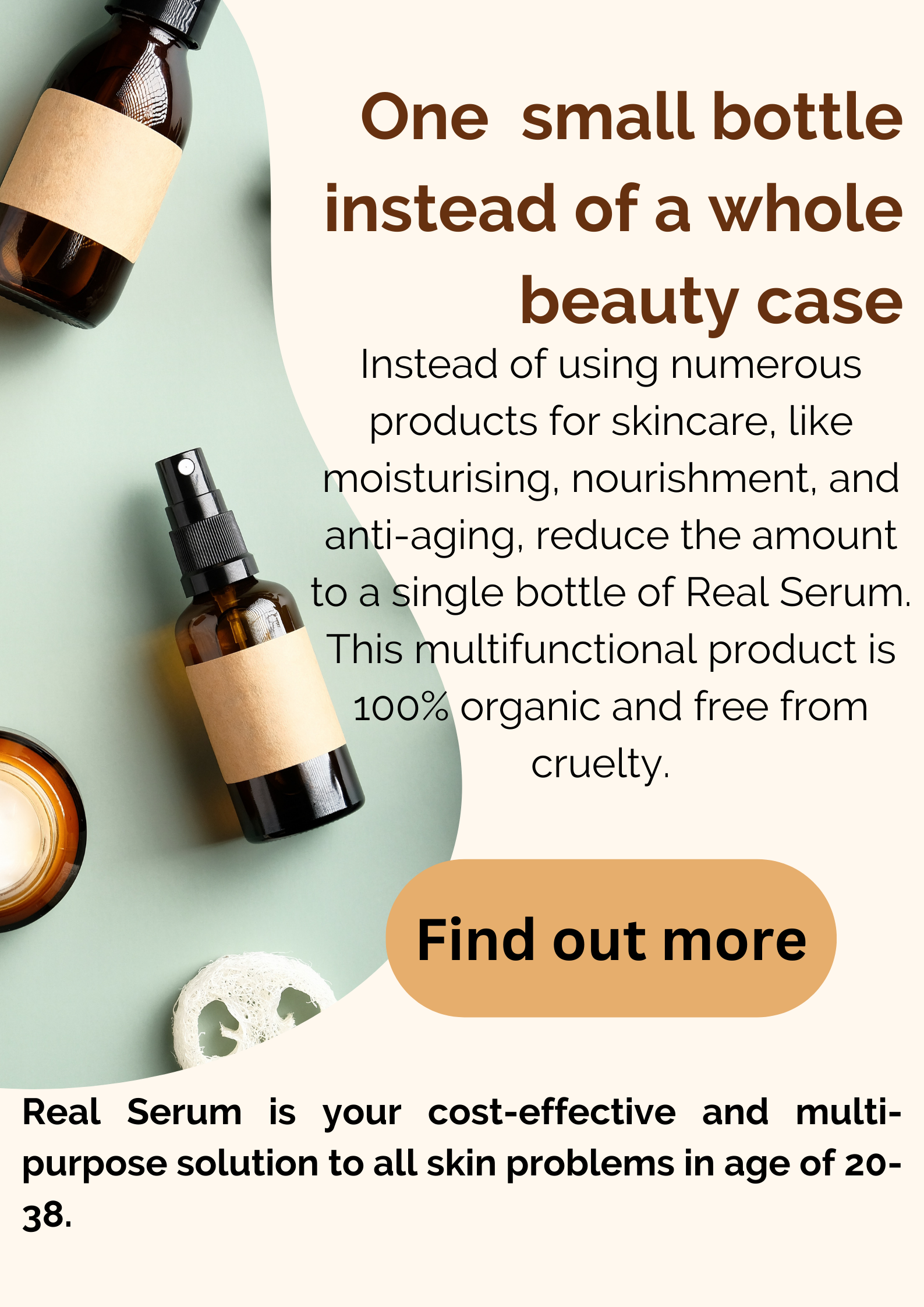

Flashy CTA. There is a place for a clickbate button or title here, like “Never buy X before you read this…” or “Efficient alternative to…” So, after your visitors click this button on a pre-lander, they appear on a landing page, where your product is presented.
Push ads + catchy text like “We found a cheaper alternative to your favorite product” can make your ads even more visible and clickable.
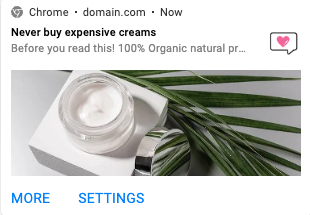
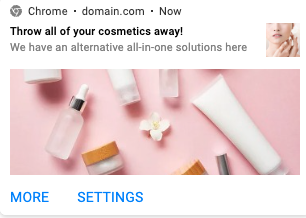
How to formulate your message?
Emphasize quality and durability, rather than novelty or trendiness. Use messaging that emphasizes the product’s longevity and value, such as “Invest in quality that lasts” or “Choose products that are created to last.”
To sum up
So, new trends are definitely not something you should be anxious about. Quite the opposite: this is your chance to find a fresh approach to your advertising and attract more leads. So, if you decided to experiment with the deinfluencing trend, keep this in mind:
- Deinfluencing-inspired campaigns work best with eCommerce, Nutrition, Beauty, Travelling, Pet, and other similar verticals. But nobody can stop you from launching this type of ads in other verticals – just find how to apply the main ideas. Which are…
- Quality over trendiness, cost-cutting, and alternatives to overhyped products – here are your main milestones for advertising messages. Strive to highlight authenticity, cost-effectiveness, ethics – put ideals and value before everything else.
- Create a pre-lander with a convincing text. Don’t be shy to refer to emotions and use clickbait titles/CTAs.
- Use Push notifications. As the most user-friendly and subtle ad format, Push suits deinfluencing campaigns better than any other format.
So, use deinfluencing principles as a source of new marketing moves and experiments. Consider our tips and examples to make your creatives and messages efficient and good luck!
Do you have any ideas about deinfluencing to share? Welcome to our Telegram Chat!
